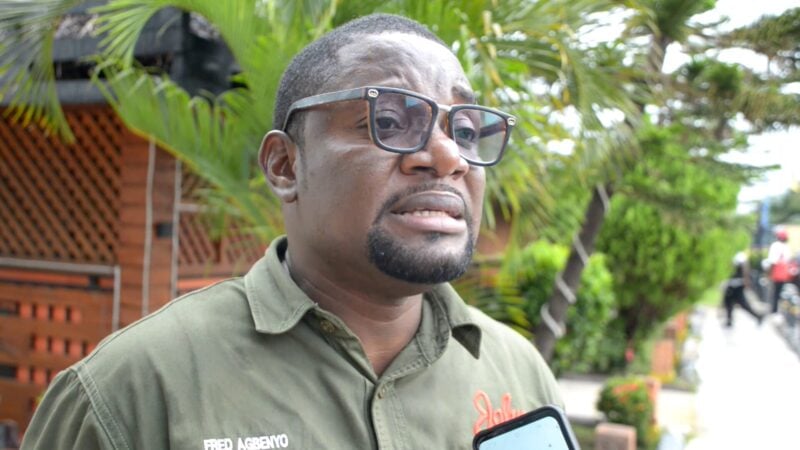Fred Agbenyo, the Member of Parliament for Guan, has refuted claims that President John Dramani Mahama ever proposed a state of emergency as the definitive solution to the pervasive issue of illegal mining, commonly known as galamsey. He emphasized that the complex nature of galamsey necessitates a multifaceted approach, rejecting the notion of a single, quick fix. Agbenyo pointed to the long-standing nature of the problem, arguing that expecting complete eradication within a mere eight months of a new administration is unrealistic, especially considering the issue has persisted for decades. He underscored the need for a comprehensive strategy that addresses the root causes and multifaceted dimensions of illegal mining.
Agbenyo highlighted the ongoing efforts by various state agencies, including the Ministry of Lands and Natural Resources and the Ghana Police Service, to combat galamsey. However, he acknowledged the growing public impatience and the demand for immediate, tangible results. The public focus, he observed, is fixated on finding a solution, often overshadowing the ongoing efforts and initiatives being implemented to address the issue. This focus on immediate solutions, he implied, sometimes hinders a more nuanced understanding of the complex problem and the ongoing efforts to address it.
The MP directly addressed the resurfacing calls for a state of emergency, categorically denying that President Mahama ever advocated for such a measure during his time as opposition leader. He clarified that while some individuals within the National Democratic Congress (NDC) might have proposed a state of emergency, it was never the official stance of the then-candidate Mahama. This clarification aimed to dispel any misconceptions regarding Mahama’s position on the issue and to emphasize his belief in a more comprehensive and sustainable approach to tackling galamsey.
To further elaborate on the complexity of galamsey and the need for a comprehensive strategy, it’s crucial to understand the various factors that contribute to its persistence. These factors include economic hardship, which drives individuals to engage in illegal mining as a means of livelihood; weak regulatory frameworks and enforcement, which create loopholes for illegal operations to thrive; corruption and complicity within state institutions, which undermine enforcement efforts; and the involvement of powerful individuals and networks, who protect and perpetuate the illegal activity. Addressing these interconnected issues requires a multi-pronged approach that goes beyond simple, immediate solutions.
Such a comprehensive strategy would involve strengthening regulatory frameworks and enforcement mechanisms to close loopholes and deter illegal activity. This would include enhancing the capacity of regulatory agencies, providing them with adequate resources and technology, and promoting inter-agency collaboration to ensure effective monitoring and enforcement. Furthermore, tackling corruption and complicity within state institutions is critical. This requires robust anti-corruption measures, including investigations and prosecutions of corrupt officials, as well as strengthening institutional integrity and transparency.
In addition to strengthening enforcement, addressing the socio-economic drivers of galamsey is essential. This involves creating alternative livelihood opportunities for communities affected by illegal mining, providing them with skills training and access to credit and other resources to support their transition to sustainable economic activities. Furthermore, promoting responsible mining practices and supporting small-scale miners to operate within legal frameworks can contribute to reducing the allure of illegal mining. Public awareness campaigns are also crucial to educating communities about the environmental and social consequences of galamsey and fostering a sense of collective responsibility in combating the menace.
Finally, engaging with communities affected by galamsey is essential to ensure that solutions are context-specific and address their specific needs and concerns. This requires establishing participatory platforms for dialogue and collaboration between government, communities, civil society organizations, and other stakeholders. Such engagement can foster a sense of ownership and shared responsibility in addressing the issue and contribute to the development of sustainable solutions. By adopting a comprehensive and multifaceted approach that addresses the root causes and drivers of galamsey, Ghana can effectively combat this pervasive menace and protect its environment and natural resources for future generations. This approach requires sustained commitment, collaboration across sectors, and a focus on long-term solutions rather than quick fixes.


